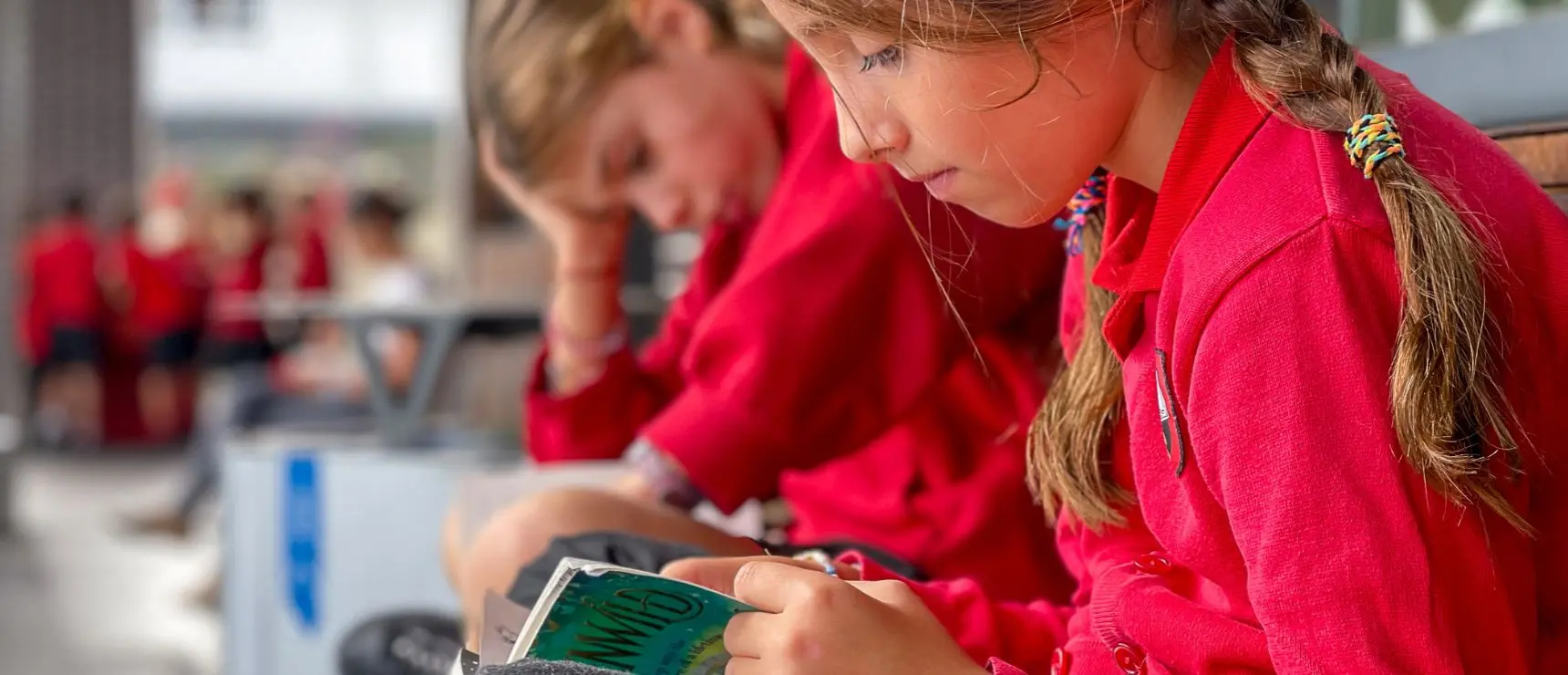As children grow up surrounded by technology, families and educators have an important job in helping them develop healthy digital habits. Digital tools can support learning and thinking skills, but they also bring challenges, such as overuse and exposure to inappropriate content. As technology changes, we need to keep learning how to guide young people to use it responsibly.
This article examines both the benefits and risks of screen time, providing evidence-based strategies to help families and schools strike a balanced approach. You’ll also hear directly from schools with hands-on experience on this topic.

